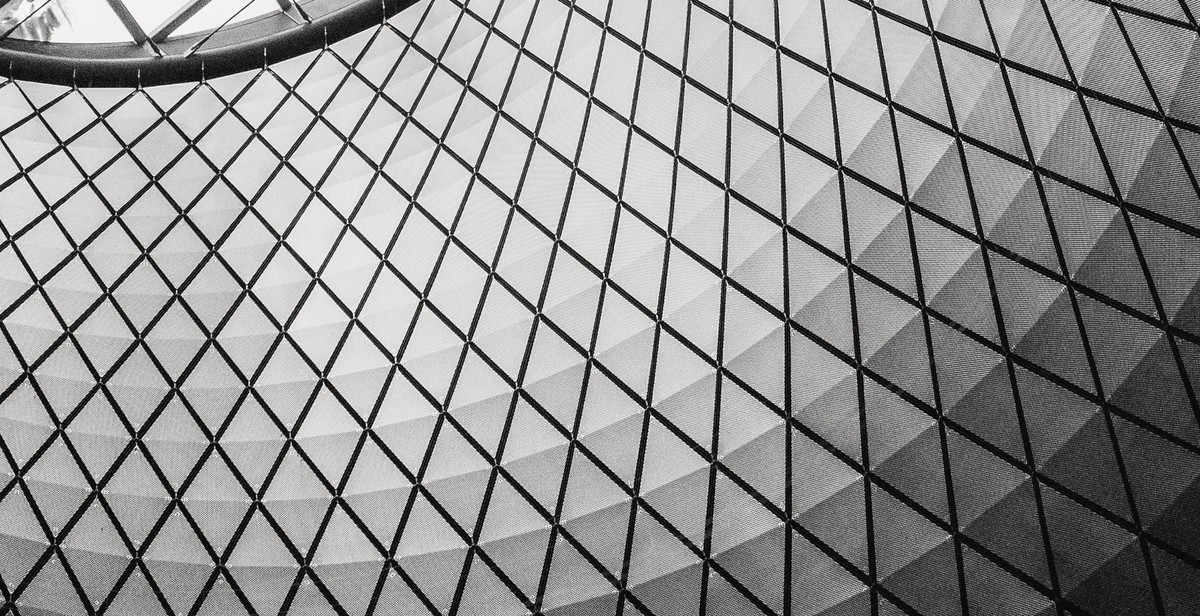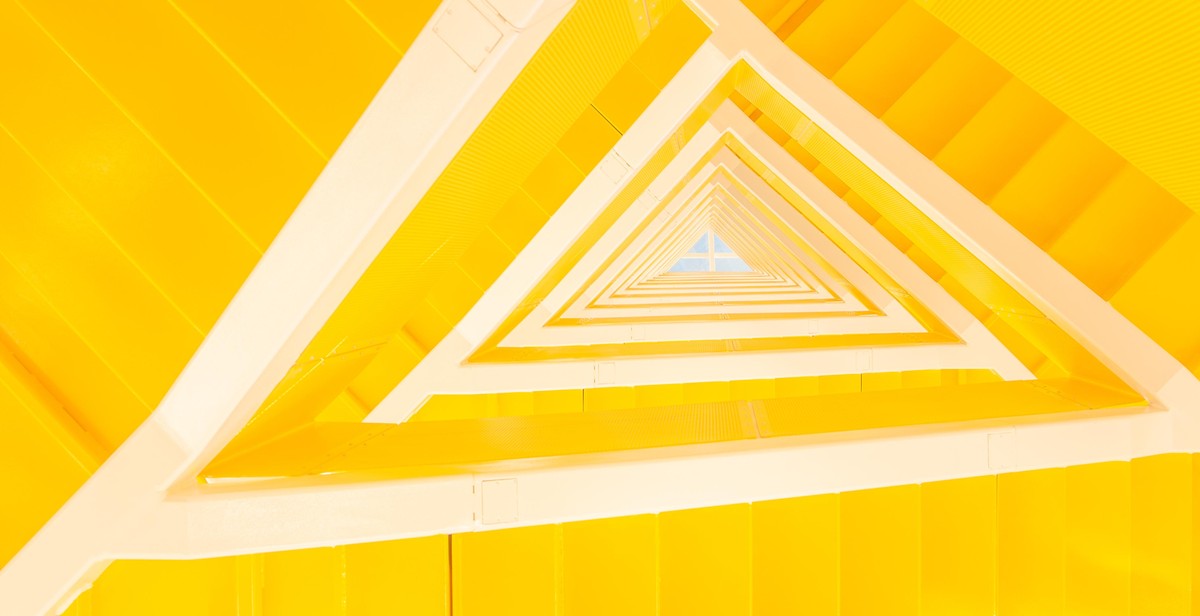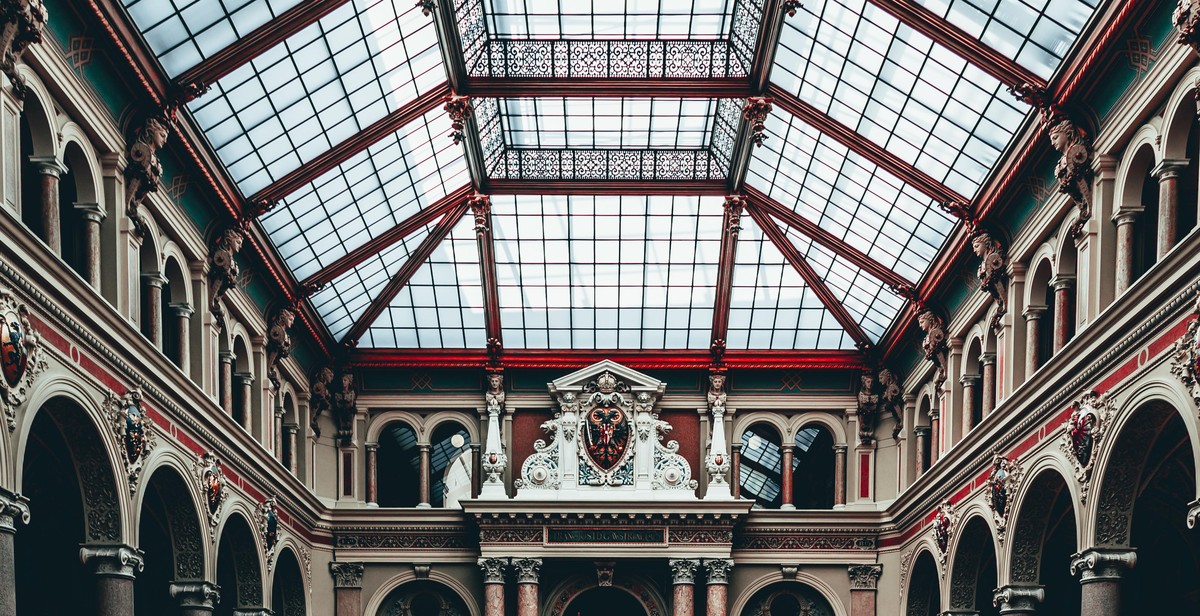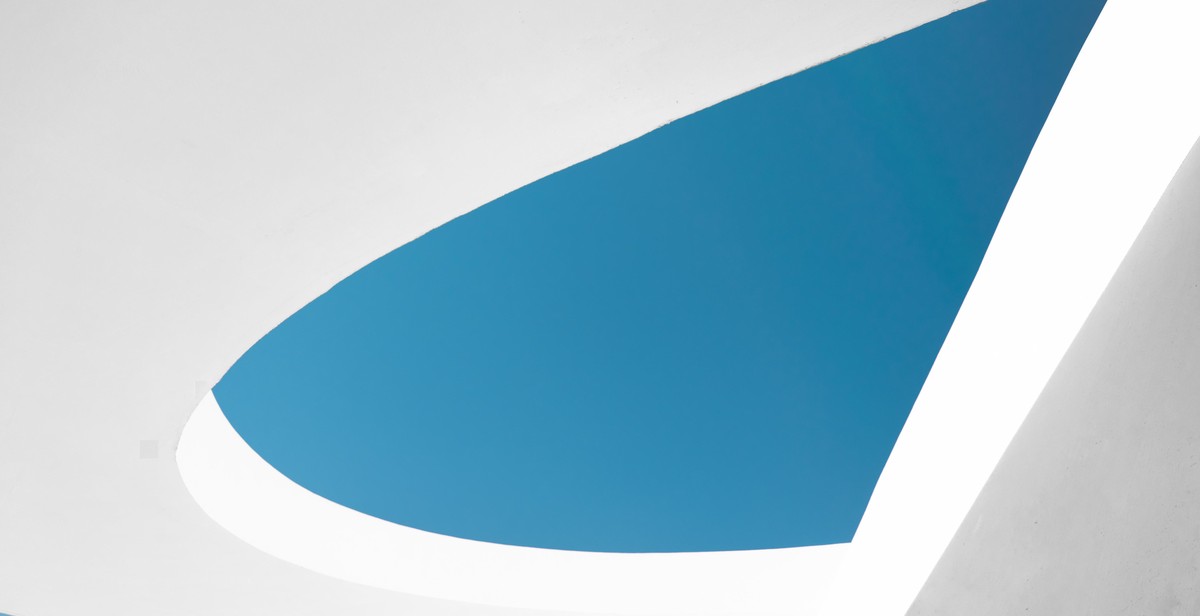How to Design an Art Deco Architecture: Embracing Elegance and Geometric Patterns
Art Deco architecture is an iconic style that emerged in the early 20th century and is still popular today. It is characterized by its use of geometric patterns, bold colors, and sleek lines, which create an elegant and sophisticated look. Art Deco architecture can be seen in buildings all over the world, from skyscrapers to cinemas, and it has had a significant impact on the world of design.
What is Art Deco Architecture?
Art Deco is a style that originated in France in the 1920s and quickly spread throughout the world. It was popular in architecture, interior design, fashion, and art. The style is characterized by its use of geometric patterns, bold colors, and sleek lines. Art Deco architecture is often associated with luxury and glamour, as it was popular among wealthy clients who wanted to showcase their wealth and status.
Art Deco architecture is also known for its use of new materials, such as concrete, steel, and glass. These materials allowed architects to create buildings that were taller and more expansive than ever before. The style was popular for commercial buildings, such as cinemas, hotels, and department stores, as well as residential buildings.
In this article, we will explore the key elements of Art Deco architecture and provide tips on how to incorporate them into your own designs.

History of Art Deco Architecture
Art Deco architecture is a design style that emerged in the early 20th century. It is characterized by its use of geometric shapes, bold colors, and intricate patterns. The style was popularized in the 1920s and 1930s and was used in the design of buildings, furniture, and decorative objects. The origins of Art Deco architecture can be traced back to a number of different sources.
Origins of Art Deco Architecture
One of the key influences on Art Deco architecture was the Art Nouveau movement. This design style was popular in the late 19th and early 20th centuries and was characterized by its use of flowing lines, organic shapes, and natural motifs. Art Deco architecture took these elements and simplified them, turning them into bold geometric shapes and patterns.
Another influence on Art Deco architecture was the Cubist movement. This art style was popularized by Pablo Picasso and Georges Braque and was characterized by its use of abstract shapes and forms. Art Deco architecture took these abstract shapes and turned them into bold, geometric patterns that were used in the design of buildings and decorative objects.
Art Deco Architecture in the 1920s and 1930s
The Art Deco style became popular in the 1920s and 1930s and was used in the design of buildings around the world. One of the most famous examples of Art Deco architecture is the Empire State Building in New York City. This building, which was completed in 1931, is characterized by its use of geometric shapes and patterns, as well as its bold use of color.
Another famous example of Art Deco architecture is the Hoover Building in London. This building, which was completed in 1935, is characterized by its use of bold geometric shapes and patterns, as well as its use of contrasting colors.
Overall, Art Deco architecture was a design style that emerged in the early 20th century and was characterized by its use of geometric shapes, bold colors, and intricate patterns. The style was popularized in the 1920s and 1930s and was used in the design of buildings around the world.

Design Elements of Art Deco Architecture
Art Deco architecture is characterized by its use of geometric patterns, sleek lines and smooth curves, and bold colors and contrasts. These design elements work together to create a visually striking and elegant style that was popular in the 1920s and 1930s.
Geometric Patterns
Geometric patterns are a hallmark of Art Deco architecture. These patterns can be found in everything from the building’s exterior to its interior decor. Common geometric shapes used in Art Deco architecture include triangles, circles, squares, and chevrons. These shapes are often arranged in a repetitive pattern to create a sense of rhythm and movement.
Sleek Lines and Smooth Curves
Art Deco architecture is known for its use of sleek lines and smooth curves. These design elements are often used to create a sense of movement and flow. The use of curves can soften the sharp edges of geometric patterns, while straight lines can provide contrast and balance.
Bold Colors and Contrasts
Art Deco architecture is also characterized by its use of bold colors and contrasts. Bright colors such as red, gold, and black were often used to create a sense of drama and excitement. Contrasting colors were also used to create depth and interest. For example, a building’s exterior may feature black and white stripes or a checkerboard pattern.
In conclusion, the design elements of Art Deco architecture work together to create a unique and timeless style that is still admired today. The use of geometric patterns, sleek lines and smooth curves, and bold colors and contrasts create a sense of elegance and sophistication that is hard to replicate in other architectural styles.

Materials Used in Art Deco Architecture
Art Deco architecture is known for its use of bold, geometric shapes and lavish ornamentation. The materials used in Art Deco architecture were carefully chosen to reflect the style’s luxurious and modern aesthetic.
Concrete
Concrete was a popular material for Art Deco architecture because of its durability and versatility. It was often used to create the smooth, curved lines that are characteristic of the style. Decorative elements such as sculptural reliefs and intricate patterns could also be cast into the concrete, adding to the overall decorative effect.
Steel
Steel was another popular material for Art Deco architecture. Its strength and flexibility allowed architects to create buildings with large, open spaces and dramatic curves. Steel was often used in combination with concrete to create buildings that were both strong and visually striking.
Glass
Glass was a key material in Art Deco architecture, particularly in the design of skyscrapers. The use of large, plate-glass windows allowed for maximum natural light to flood into the building, while also creating a sleek and modern look. Colored glass was also used to create decorative effects, such as stained glass windows and glass block walls.
| Building | Location | Materials Used |
|---|---|---|
| Chrysler Building | New York City, USA | Steel, glass, decorative metalwork |
| Palais de Tokyo | Paris, France | Concrete, glass, metalwork |
| Hoover Building | London, UK | Concrete, steel, glass, decorative terracotta |
Overall, the materials used in Art Deco architecture were chosen for their ability to create bold, geometric shapes and lavish ornamentation. Concrete, steel, and glass were particularly popular because of their durability, strength, and modern aesthetic.

Famous Examples of Art Deco Architecture
Art Deco architecture is known for its sleek lines, geometric patterns, and use of luxurious materials. Here are some of the most famous examples of Art Deco architecture:
Empire State Building
The Empire State Building, located in New York City, is one of the most iconic Art Deco buildings in the world. Completed in 1931, the building stands at 1,454 feet tall and was the tallest building in the world until 1971. The building’s exterior features intricate geometric patterns, setbacks, and a pointed spire at the top.
Chrysler Building
The Chrysler Building, also located in New York City, is another famous example of Art Deco architecture. Completed in 1930, the building stands at 1,046 feet tall and was briefly the tallest building in the world before it was surpassed by the Empire State Building. The building’s exterior features a distinctive crown with triangular windows and a sunburst pattern.
Radio City Music Hall
Radio City Music Hall, located in New York City’s Rockefeller Center, is a famous Art Deco theater. Completed in 1932, the theater features a grand foyer with a sweeping staircase, a large auditorium with a stage, and intricate decorative details throughout the interior. The theater is still in use today and is a popular destination for tourists.
| 1. | Hoover Dam |
| 2. | Chicago Board of Trade Building |
| 3. | Los Angeles City Hall |
These buildings and structures showcase the elegance and sophistication of Art Deco architecture, and continue to inspire architects and designers today.

How to Design an Art Deco Building
Art Deco architecture is all about embracing elegance, geometric patterns, and a touch of glamour. If you’re looking to design an Art Deco building, there are a few key elements you need to keep in mind. Here are some tips on how to design an Art Deco building:
Incorporating Geometric Patterns
Geometric patterns are a hallmark of Art Deco architecture. To achieve an Art Deco look, incorporate geometric shapes and patterns into your building’s design. Use shapes like triangles, circles, and squares to create a bold and striking look. You can also use zigzag patterns, chevrons, and sunburst motifs to add interest and texture to your building’s façade.
Choosing the Right Materials
The materials you choose for your building will play a big role in achieving an Art Deco look. Opt for materials that are sleek, shiny, and luxurious. Think materials like chrome, glass, and marble. These materials will help you achieve the Art Deco aesthetic and give your building a sense of glamour and luxury.
Playing with Colors and Contrasts
Art Deco architecture is known for its bold use of color and contrast. To achieve this look, experiment with bold and contrasting colors. Use colors like black, white, and metallics to create a striking contrast against bright colors like turquoise, red, and yellow. This will give your building a bold and eye-catching look.
By incorporating geometric patterns, choosing the right materials, and playing with colors and contrasts, you can create an Art Deco building that is both elegant and striking.
